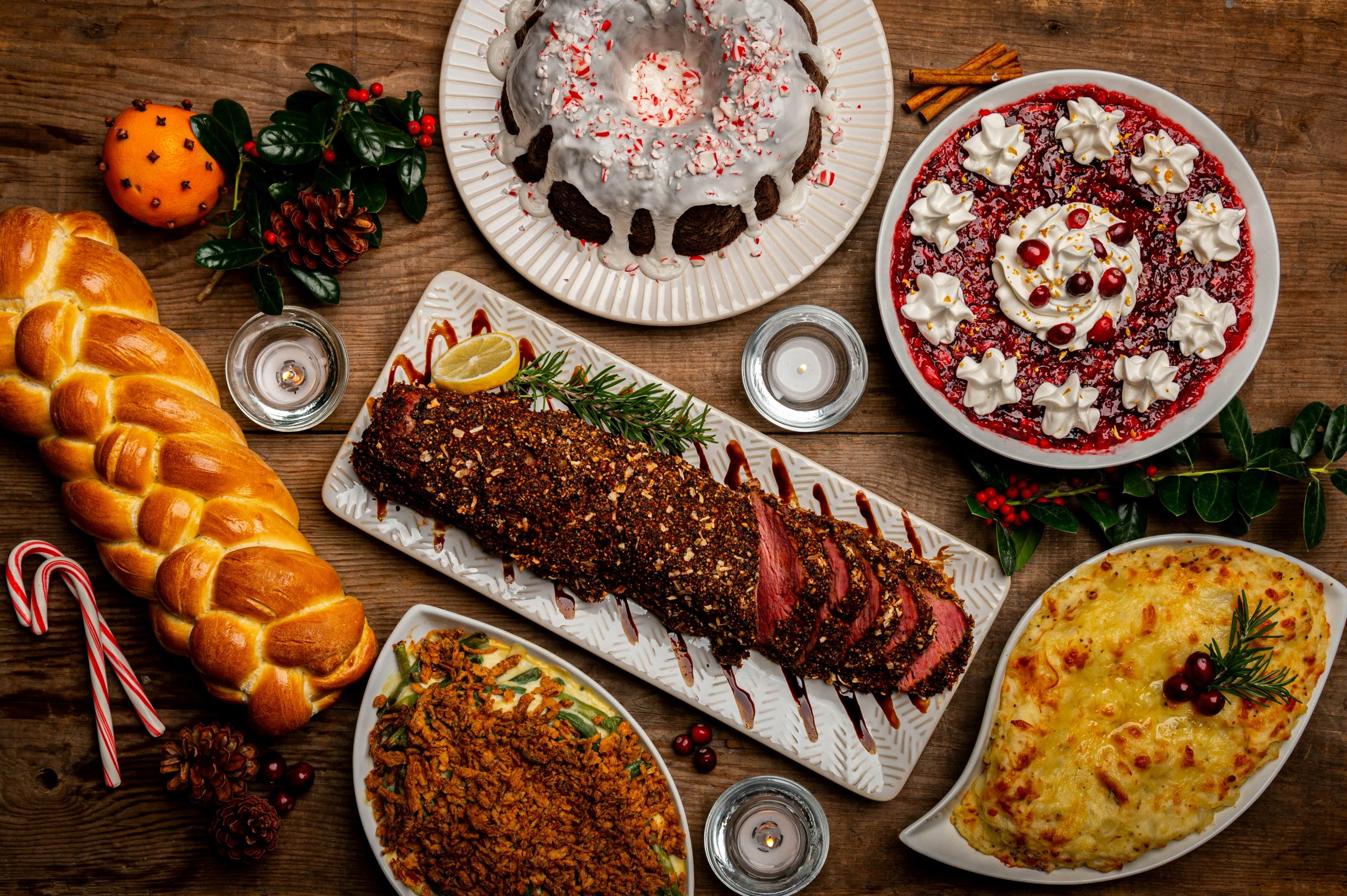Words By Cynthia Vera
Art by Jasmine Snow
“Hey, chocolate mama!”
See, these were the first three words a grown man ever yelled out at me which I remember making me feel like my body was not my mine, but rather an unwilling participant in a parade of sick fantasies. See, I was only 14, chubby cheeks and strong bones. I was still growing, still in my school uniform, still learning. So, I just smiled. What else am I to do but just smile?
Back then, in my naivety and innocence, I did not entirely understand his intentions. Perhaps he was expecting me to say something in return, because his eyes did not leave sight of my body until I was by the gate to enter my house, like I was prey. My skin became some sort of commodity ÔÇô free of charge to be desired and consumed without my consent.
Was I supposed to feel desired but what is desire to 14-year-old girl? Barely a girl, a child in many regards still.
Though I did not know much about the deeply disturbing history of racial fetishisation, I had been exposed to pornography from quite an early age, and from there I understood that the ideas of masculinity and femininity were constructed values to create a gender system controlled by a dangerous and violent hierarchy of inequality. However, I had a habit of detaching myself from the images of ÔÇÿperverted white’ men with ÔÇÿebony big booty b*itches’ or ÔÇÿebony maids’ for the first time, or the countless black women being treated like literal dogs by a group of white men. Unaware of how this type of a labelling system was derogatory with links to the politics of slavery and white supremacist ideologies, I suppose mentally and emotionally distancing myself from these versions of what desire and sexual freedom allegedly looked like, was much better than trying to actually understand any of it.
In my eagerness to be just like my older sister, I would read some of her books on feminism. Still learning and still growing, I think I started to separate race from gender, and the intersectionalities that lie beneath these two pillars held up by a gravely delusional sense of power in the discussion of pornography.
As many radical feminists of the Second Wave Movement like Andrea Dworkin argued, the pleasure of mainstream heterosexual pornography for men is gift-wrapped in the degradation of women. For Dworkin, the “word pornography does not have any other meaning than domination and violence against women.” So, in turn, the failure to see pornography as anything but a text in favour of patriarchal power women, humiliated to the lowest forms, would mean missing the role the porn industry plays in the production of masculinity as both a “category of material existence, and an identity in need of constant reproduction.”
In my naivety back when I was barely a girl, just a child in many regards, still growing and still learning, my attention on the sexualisation of women was centred around the objectification of white women. Removed from the persecutions of black women.
But the failure to acknowledge and understand pornography as a text of a post-colonial fantasy rooted in reinforcing derogatory sexual fetishisations of Black women, is to entirely ignore the centuries of intersecting oppressions of race, gender and sexuality faced by Black women.
In its most basic meaning, Dr Oriowo, founder of AnnodRight ÔÇô a therapy clinic specialising in the intersectionalities of mental health and sexual relationships of women of colour ÔÇô describes racial fetishisation as taking a sexual desire towards someone for their ÔÇÿexotic’ physical and cultural attributes they possess, specific to their race group. For example, skin, physical features, cultural practices and so on. However, it is important to understand that within the fetishisation of black women lies a discourse of slavery. One that is steeped in sexual control of black bodies as female slaves were seen as having “an animalistic, smouldering sexuality which rendered the white slave owners helpless, thus not responsible for the rape of Black women” as explained by scholar Gail Dines. And with the white ownership of the mainstream media, specifically in pornography, this history is still been exploited to feed a racist paradigm. One that is continuously finding news to actively visualise the traumas of slavery. The continuous exploitation of black bodies to please the gaze of eroticists is still finding news to strip black women of their power, sexual liberation, and choice.
The Black female body is forced to serve itself as an icon for Black sexuality; deviant and primitive ÔÇô a spectacle.
Sexually commodifying the black body for entertainment purposes reduces women to objects with no function, just body parts that are sellable and perversely palatable to the Western eye, much like Sara Bartmann. Born Saartjie, she was a South African woman of the Khoikhoi people, cruelly nicknamed the “Hottentot Venus” due to her figure, whose hypersexualised body was exhibited across Europe in “freak shows” from 1810 to her death in 1815. Yet her brain, skeleton and sexual organs continued to be on displays in a museum in Paris just as recently as 1974. She was an object of the fascination of black female bodies by the colonial Europeans who sold and traded her.
The commodification of black female sexuality brought a wave of stereotypes rooted in white power and control which are evident in mainstream media. From Jezebels, Mammies, Welfare Recipients, and Hot Mommas, these controlling images have helped justify black women’s oppression. In Black Feminist Thought by Patricia Hill Collins, she explains that these images are designed to make racism, sexism, poverty, and other forms of social injustice appear to be natural, normal, and inevitable parts of everyday life of black women.
“I’ve never been with someone like you before. I’ve never been with a Black girl”
The white boy on Tinder I had matched with tells me and I am taken back to when I was 14. My body was not mine again. It was a mere spectacle for a perverted, and intrusive fantasy, an animal to be studied. I did not smile but still in my naivety, I was not sure what to say for a while. Again, I was left feeling like a commodity to serve his predatory desires.
Presented as a complicated, this type of a microaggression allows for fetishisation to operate as a positive bias, as though your existence is an inferior yet tempting. It becomes something that needs to be conquered because somehow, it is an alluring prize.
The intrusive desire to conquer and exploit black bodies is a thread that keeps on unwinding, but for the most part, it makes me question how I should present myself. Being a subject of fetishes based on colonial history, I am now just understanding that before I am a woman, I am Black, a foreign object for white gazes.
Though I have struggled in the presentation of my black identity with my need to mould and assimilated myself with the white British culture when I was younger, to feel like I belong in a world that does not want me, I am still learning, still beaming with black pride and joy.
I am still rising and like my ancestors, I refuse to let myself become your prize; my blackness is not for you to conquer. My body is not your object to project your perverted fantasies.
Instagram: @quenchspotlight
Write for us: email spotlight@quenchmag.co.uk or join the Facebook group where all pitches are posted
Our articles: Spotlight


